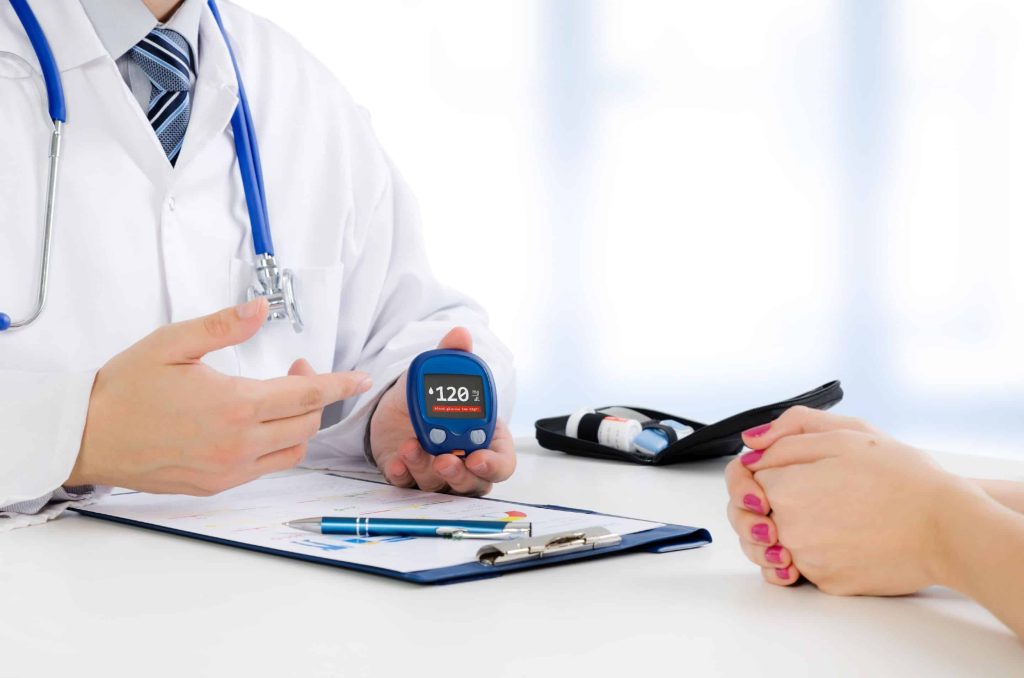Understanding Type 2 Diabetes
Type 2 diabetes is a long-term condition that influences how your body processes sugar.
Insulin is crucial for breaking down carbohydrates into glucose, which is then absorbed by our cells as an energy source. In type 2 diabetes, your body does not effectively use the insulin naturally present, leading to elevated blood sugar levels. Over time, high blood sugar can result in significant health issues, including heart disease, nerve damage, eye problems, and kidney disease.
Type 2 diabetes is the most prevalent form of diabetes. According to the Centers for Disease Control and Prevention (CDC), over 30 million people in the United States have diabetes, with about 95 percent of them having type 2 diabetes. This condition is most commonly found in individuals over 45 years of age; however, it is increasingly seen in children, teenagers, and young adults.
Lack of physical activity and conditions like high blood pressure can heighten your risk of developing type 2 diabetes. Having prediabetes or gestational diabetes during pregnancy also raises your risk. Additionally, your family history and genetics play a significant role in your likelihood of developing this disease.
Recognizing Symptoms of Type 2 Diabetes
The signs and symptoms of type 2 diabetes can develop slowly, so it’s possible to live with the condition for years without realizing it. Here are some symptoms to watch for:
- Intense thirst
- Frequent urination
- Increased hunger
- Unintended weight loss
- Fatigue
- Blurred vision
- Slow-healing sores
- Frequent infections
- Numbness or tingling in hands or feet
- Darkened areas of skin, typically around the neck and armpits
Symptoms of Type 2 Diabetes in Adults
Symptoms of type 2 diabetes in adults can vary in severity. Some common signs include:
- Increased thirst
- Frequent urination
- Fatigue
- Blurred vision
- Slow healing of cuts and bruises
- Unexplained weight loss
- Yeast infections, particularly in women
The risk of developing type 2 diabetes increases with age, as the body may become more resistant to insulin and the pancreas less efficient.
Complications from type 2 diabetes are more common in those over 65, leading to heart attacks, eye issues, amputation, and renal disease. If you experience any of the symptoms mentioned, it’s critical to consult your doctor for appropriate treatment.
Symptoms of Type 2 Diabetes in Children
Children with type 2 diabetes may exhibit the following symptoms:
- Excessive thirst
- Frequent urination
- Fatigue
- Unintended weight loss
- Blurred vision
In some instances, children might also experience nausea and vomiting. If your child shows any of these symptoms, it’s essential to seek medical advice promptly, as they may indicate diabetes.
